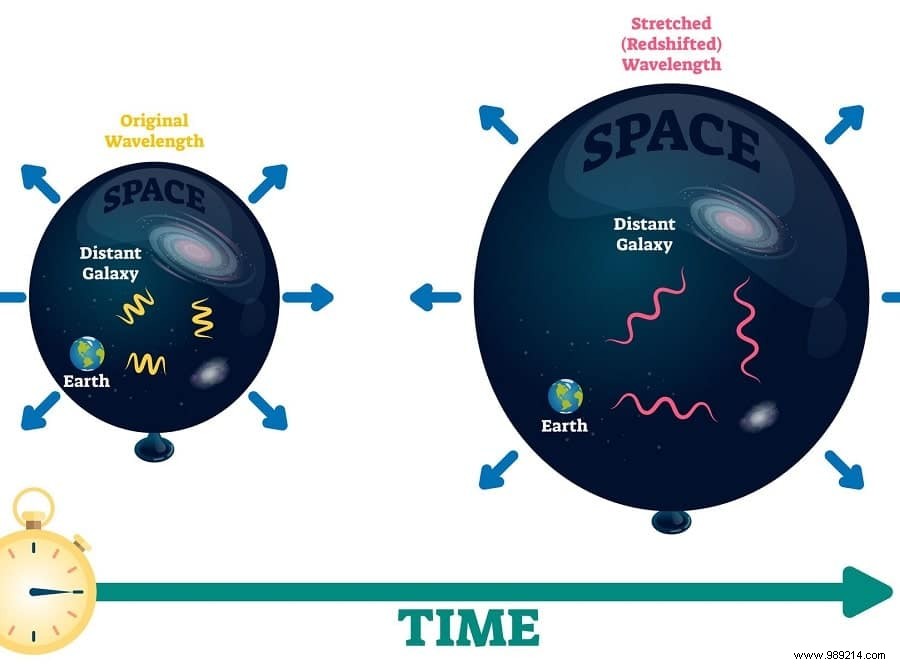Many poets and authors speak of the unfathomable and abyssal darkness of deep space. Indeed, when our eyes turn to these vast interplanetary, interstellar, or intergalactic expanses, they encounter virtually nothing but darkness. Similarly on Earth, the star-riddled night sky also appears black to us. But why such darkness, knowing that the Universe is filled with objects producing or reflecting light?
Look up at the night sky or marvel at images of the Universe online, and you'll always see the same thing:the deep darkness of space, punctuated by bright stars, planets or spaceships. But why does space appear black? Why isn't space colorful, like the daytime blue sky on Earth? Surprisingly, the answer has little to do with the absence of light.
“You would think that since there are billions of stars in our galaxy, billions of galaxies in the universe, and other objects, like planets, that reflect light, that when we look at the sky at night, it would be extremely bright. But instead, it's really, really dark says Tenley Hutchinson-Smith, an astrophysicist at the University of California, Santa Cruz (UCSC).
Hutchinson-Smith explains that this contradiction, known in physics and astronomy circles as Olbers' paradox, can be explained by the theory of expanding space; the idea that "because our Universe is expanding faster than the speed of light... light from galaxies could stretch and transform into infrared waves, microwaves and radio waves, which are not detectable by our human eyes ". And because these wavelengths are undetectable, objects appear dark (black) to the naked eye.

Stars emit light in all colors, even colors not visible to the human eye, such as ultraviolet or infrared. If we could see microwaves, all of space would glow. And this because the cosmic microwave background — the first photons emitted 380,000 years after the Big Bang after recombination — still fills space.
Another reason why interstellar and interplanetary space appears dark is that space is an almost perfect vacuum. Recall that Earth's sky is blue because the molecules that make up the atmosphere, including nitrogen and oxygen, scatter much of the blue and violet wavelengths of visible light from the Sun into all regions. directions, including towards our eyes.
However, in the absence of matter, light travels in a straight line from its source to the receiver. Because space is an almost perfect vacuum, that is, it contains extremely few particles, there is virtually nothing in the space between stars and planets to scatter light towards our eyes. And without light reaching our eyes, we can see nothing.
That said, a 2021 study published in The Astrophysical Journal suggests that space may not be as dark as scientists originally thought. Thanks to NASA's New Horizons mission to Pluto and the Kuiper Belt, researchers were able to see space without light interference from Earth or the Sun. The team sifted through the images taken by the spacecraft and subtracted all light from known stars, the Milky Way and possible galaxies, as well as any light that might have escaped from the vagaries of the camera. The background light of the universe, they found, was still twice as bright as expected.